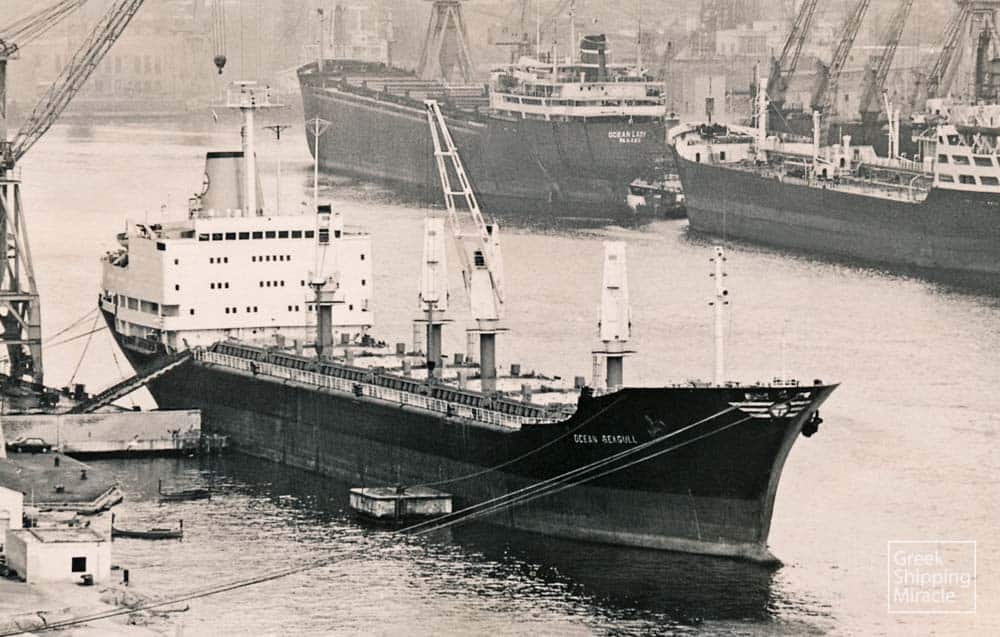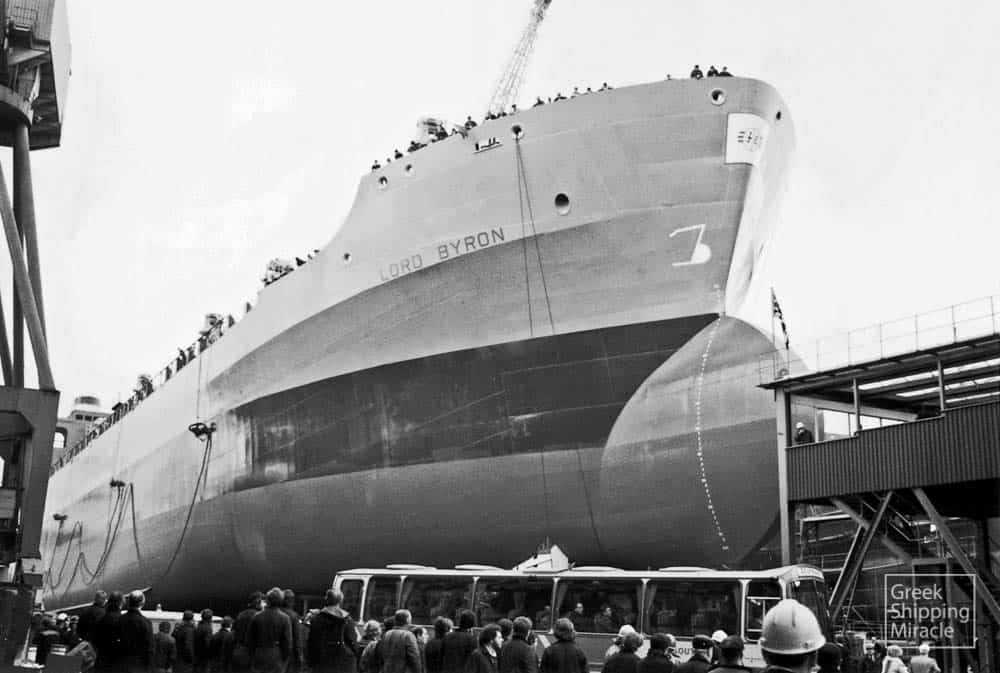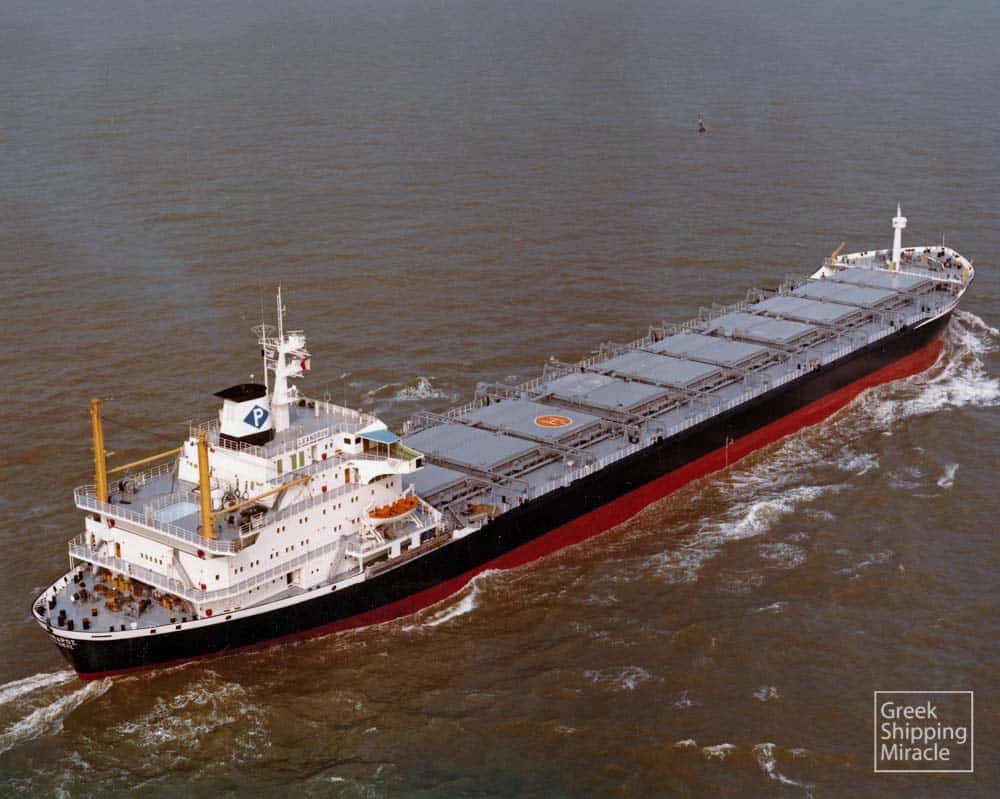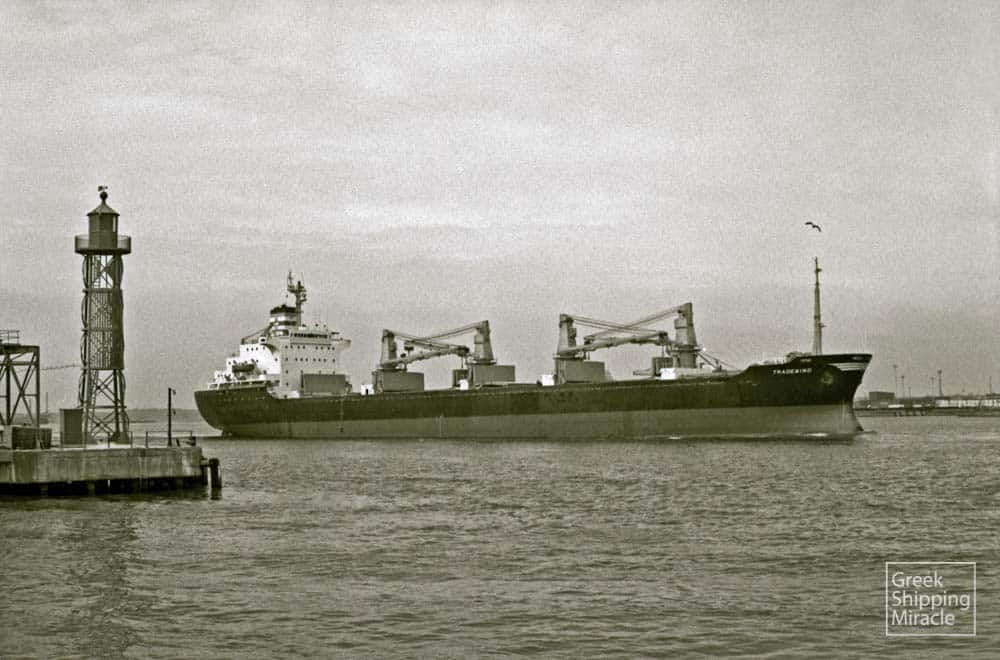BULK CARRIERS
Greek presence in the dry bulk sector can be traced several decades before World War II. It was mainly due to their involvement in that market that Greek shipowners managed to build in the pre-war years a meaningful merchant fleet, which served part of the world’s ocean-going transport requirements.
During the first decades of the 20th century, the absence of regular employment coupled with the lack of sufficient funding that could allow the construction of new ships, led the vast majority of Greek shipowners to focus mainly on the second-hand market opting for small capacity vessels. Additionally, due to the versatility of conventional dry cargo ships, which were capable of transporting a wide range of cargoes, most of the few newly-built ships acquired by Greeks before World War II were of this type.
The need to develop a type of ship that could carry dry bulk cargoes in larger quantities than in the pre-war years emerged in the early 1950s. Before the War, most bulk shipments were not large, whilst the trades of some cargoes were only seasonal. The acquisition and transportation of large parcels of such cargoes had been a challenging task due to limited funding, while considerable difficulties were also encountered in the storing of large quantities at the loading and discharge ports. Moreover, a major obstacle to the handling of large parcels was the ports’ specifications, as the depth and existing facilities did not ensure safe load and discharge operations.
The end of World War II, however, created a new state of affairs in the dry bulk sector. As in the case of crude oil carriers, which grew considerably in size within a short period of time, the world’s leading shipyards soon came up with dry bulk carrier designs of an increased carrying capacity.
Greek shipowners, who anticipated the fundamental role that this type of vessels would eventually play in seaborne transportation, reacted fast. From the mid-1950s they started investing in newly-built bulk carriers, by placing orders mainly in Japanese shipyards, which in the meantime had gained a favourable reputation due to their reliable designs and the relatively quick construction process.
This section will gradually present all bulk carriers built for Greek interests from the mid-1950s up to the end of the 20th century.
The building of these ships is a typical example of the investment initiatives developed by Greek shipowners in the post-war period. They were aimed both at the reconstruction of the Greek-owned merchant fleet, which had been decimated during World War II, as well as at the establishment of Greek shipping as a leading power in global maritime affairs.
These orders were placed without subsidies or any other kind of financial support from the Greek state, without government contracts for the transportation of cargoes to or from Greece and with borrowing exclusively from non-Greek financial institutions. At the same time, through this activity the country gained significant benefits without spending any resources, while the international community – particularly developing countries – had at its disposal hundreds of ships, which facilitated growth through the cost-effective transportation of key commodities, such as grains, iron ore and coal.


































